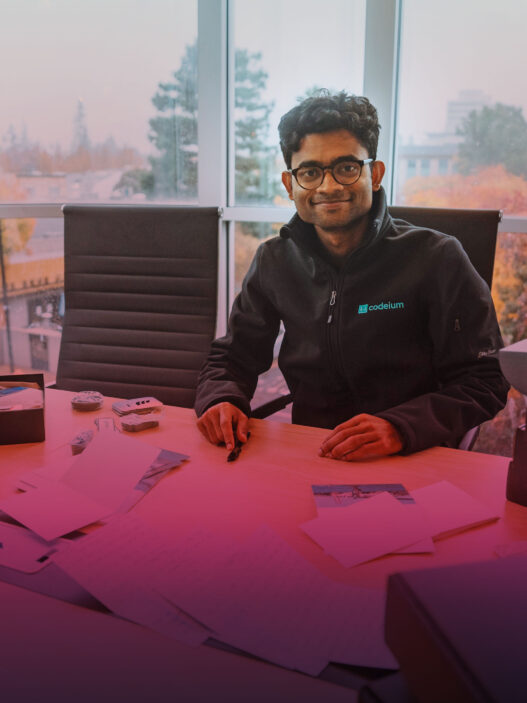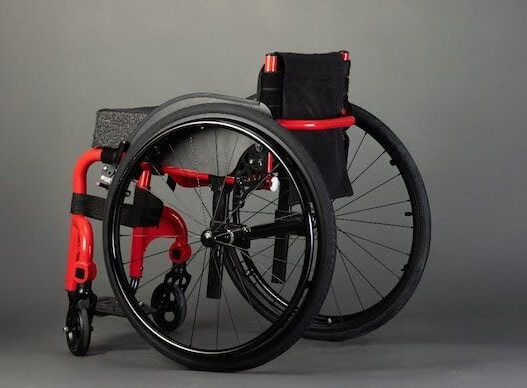Their pitch was bold: what if Zara met Zepto? Imagine ordering a crop top or that perfect black mini-dress and having it at your door in 15 minutes—no waiting for logistics, no size drama, no missing-the-party stress. Fast fashion, but really fast. That was Blip’s whole game.
Now, barely 12 months since launch, the lights are out.
On paper, Blip was built for the moment. India’s Gen Z population is the largest in the world, fashion is booming on social platforms, and quick commerce is the darling of VC decks. But here’s the thing: good timing isn’t the same as good execution. And in Blip’s case, the gap between the two proved fatal.
The Blip Bet
Blip launched in July 2024, with its founding team claiming inspiration from the likes of H&M’s drop cycles and Blinkit’s hyperlocal delivery model. Their idea was deceptively simple: keep trending outfits in micro-warehouses across Bengaluru, use predictive demand algorithms (plus Instagram trends) to stock what’s hot, and fulfill fashion needs in a flash.
The startup raised a modest angel round—reportedly around ₹6 crore—from a few prominent early-stage investors who bought into the “TikTok meets logistics” thesis. Warehouses were leased, tie-ups with tailors and small-scale garment manufacturers stitched together. A full-stack tech backend was built to ensure sizing consistency and style prediction.
For a few months, it looked like a winner. Blip had thousands of downloads, and its conversion rate was enviable. They even claimed that 60% of their users were returning customers.
But then the cracks began to show.
Crushed by Speed, Burned by Burn
Blip’s entire business model hinged on speed—and that speed came at a punishing cost.
Unlike food or groceries, where SKUs are standardized and perishable, fashion comes with the headaches of returns, fit issues, and ever-changing tastes. If a particular dress didn’t move in three days, it sat like dead weight in a warehouse. Hyperlocal inventory made scaling a logistical nightmare. Managing sizing and style variety in multiple micro-fulfillment centers was like juggling fire while blindfolded.
Customer complaints started stacking up: wrong sizes, mismatched colors, returns not picked up in time. But worse than that, the economics didn’t make sense. The average order value was ₹600–₹800, but fulfillment cost often crossed ₹200 per item—without even factoring in returns.
In parallel, funding dried up.
VCs who once fawned over quick commerce began tightening purse strings in late 2024. Zepto and Blinkit had raised massive rounds, but their playbook didn’t directly apply to fashion. “Everyone wanted AI-enabled logistics or B2B SaaS for Bharat. Fast fashion wasn’t top of mind,” said a person familiar with Blip’s funding attempts.
The team reportedly tried pivoting—exploring a more traditional e-commerce model, selling their tech as a SaaS tool to boutique retailers, even launching their own brand. None stuck. By July 2025, they’d laid off most of their 45-person team, and shut down operations quietly.
What Went Wrong?
Blip’s story isn’t unique—but it’s instructive.
1. Fashion ≠ Food:
Quick commerce has found a solid foothold in groceries and essentials. But fashion is a whole different beast. It demands personalization, returns infrastructure, and trend prediction—all of which require capital and deep operational resilience.
2. High burn, low margin:
Fulfilling a ₹700 kurta in 15 minutes may sound magical, but if you’re losing ₹100 per order and only 30% of users reorder, you’re torching money.
3. Timing vs. Traction:
The market wasn’t not ready. Gen Z does want speed and style. But Blip needed longer runway and deeper infrastructure to build trust and solve fashion’s inherent frictions. Startups like Fynd, which partner with retail brands and use centralized inventory systems, have shown more scalable models.
The Competitive Landscape: Who’s Still in the Race?
Despite Blip’s exit, the quick fashion delivery race is far from over. Here’s how other players are faring:
| Startup | Delivery Promise | Recent Developments | Funding & Growth |
|---|---|---|---|
| Slikk | 60 minutes | Raised $10M led by Nexus Venture Partners; expanding in Bengaluru | Gaining traction, strong VC backing |
| NewMe | Under 90 minutes | Competing in Bengaluru and other metros | Growing, but faces similar operational hurdles |
| Snitch | Pilot in Bengaluru | Raised $40M from 360 One Asset; expanding offline retail and quick commerce | Aggressive expansion plans |
| Myntra, Ajio, Nykaa | 1-2 hours (select products) | Leveraging existing logistics to enter quick fashion | Large platforms, slower to verticalize but have scale advantage |
Final Threads
Blip’s story is a reality check for founders seduced by virality and speed. Just because something can be done fast doesn’t mean it should.
Fast fashion has a future in India, no doubt. But maybe it doesn’t have to come in 10 minutes. What Blip proved—perhaps accidentally—is that customers might care more about quality, fit, and return options than whether that halter top gets to their door before they finish their coffee.
If anything, Blip’s short, flashy journey might be remembered not for its failure, but for asking the right question: how fast is too fast?



















